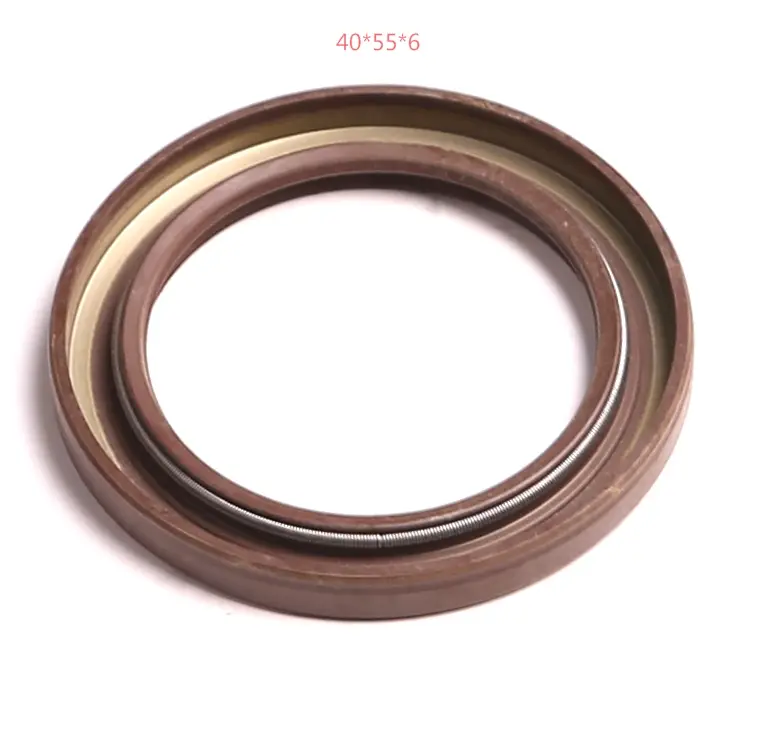7 月 . 28, 2024 05:18 Back to list
Exploring the Benefits and Applications of Metal Oil Seals in Various Industries and Machinery
Understanding Metal Oil Seals Design, Function, and Applications
Metal oil seals play an essential role in machinery, automotive, and industrial applications by ensuring reliable sealing performance in demanding environments. The term “oil seal” usually refers to an external boundary that prevents the leakage of lubricants or other fluids while also keeping contaminants out. Metal oil seals are distinct because they combine the durability of metal construction with effective sealing properties.
Design and Structure
Metal oil seals typically feature a metal casing that provides structural integrity and robustness. The design often incorporates elastomeric sealing elements, which create a tight seal against rotating shafts or static surfaces. This combination allows the seal to withstand extreme temperatures, pressures, and a wide range of chemical exposures.
The geometry of metal oil seals is precisely engineered to ensure optimal contact with the shaft, which is critical for preventing fluid leakage. Common designs include lip seals with a single or double lip configuration. The sealing lip is in direct contact with the shaft surface, creating a fluid-tight barrier. In many designs, the sealing lip is spring-loaded, which enhances the contact force against the shaft, maintaining an effective seal even under varying operational conditions.
Functionality
The primary function of metal oil seals is to contain lubricants within machinery, which is crucial for reducing friction and wear among moving parts. By preventing leakage, they help maintain optimal lubricant levels, ensuring that critical components are adequately lubricated. This not only extends the lifespan of the equipment but also enhances its overall efficiency.
metal oil seal

Moreover, metal oil seals protect against external contaminants such as dirt, dust, and moisture
. In harsh environments where machinery is exposed to various pollutants, a robust sealing solution is vital. Metal oil seals are designed to perform well under challenges presented by harsh operating conditions, making them a reliable choice in industries such as automotive, aerospace, and heavy machinery.Applications
Metal oil seals are ubiquitous across various sectors. In the automotive industry, they are commonly found in engines, transmissions, and differentials, where they prevent oil loss and protect against external contaminants. For example, in engine applications, they are crucial for keeping engine oil contained while also preventing dirt and grime from entering the lubrication system.
In industrial applications, metal oil seals are used in gearboxes, pumps, and hydraulic systems. The ability to withstand high pressures and temperatures makes them ideal for these applications, where performance reliability is paramount. In hydraulic systems, for instance, metal oil seals also help maintain system pressure by containing hydraulic fluid within the system.
Another area of application is in electrical motors, where metal oil seals are employed to protect internal components from oils and other fluids that could lead to failure. The robustness of metal oil seals ensures that electrical motors operate efficiently and have a longer service life.
Conclusion
In summary, metal oil seals are vital components that contribute significantly to the smooth operation and longevity of machinery. Their unique design, combining metal and elastomeric materials, allows them to withstand challenging conditions while providing reliable sealing performance. With applications ranging from automotive to industrial machinery, understanding the properties and benefits of metal oil seals can help manufacturers and operators make informed choices about their maintenance and operational strategies. As technology evolves, the ongoing development of advanced sealing solutions will continue to play a crucial role in enhancing efficiency and reliability across various industries.